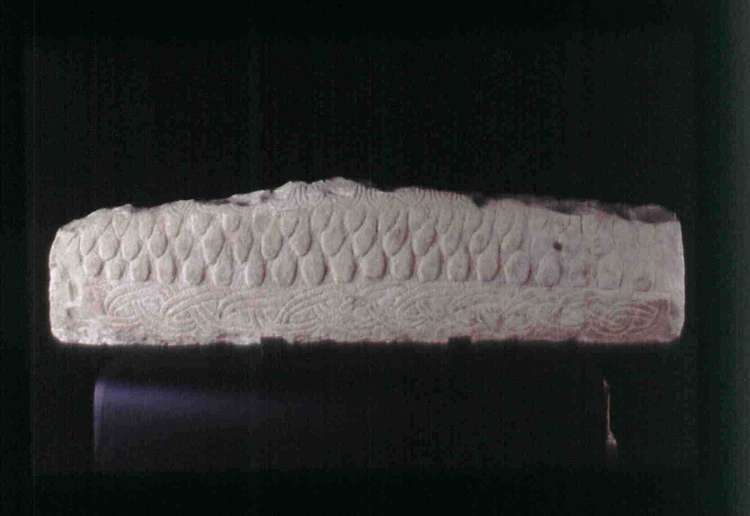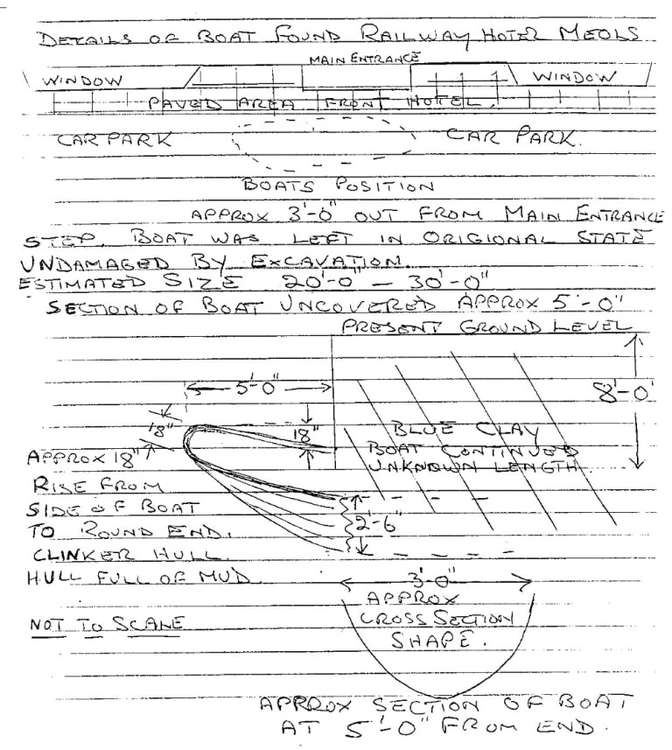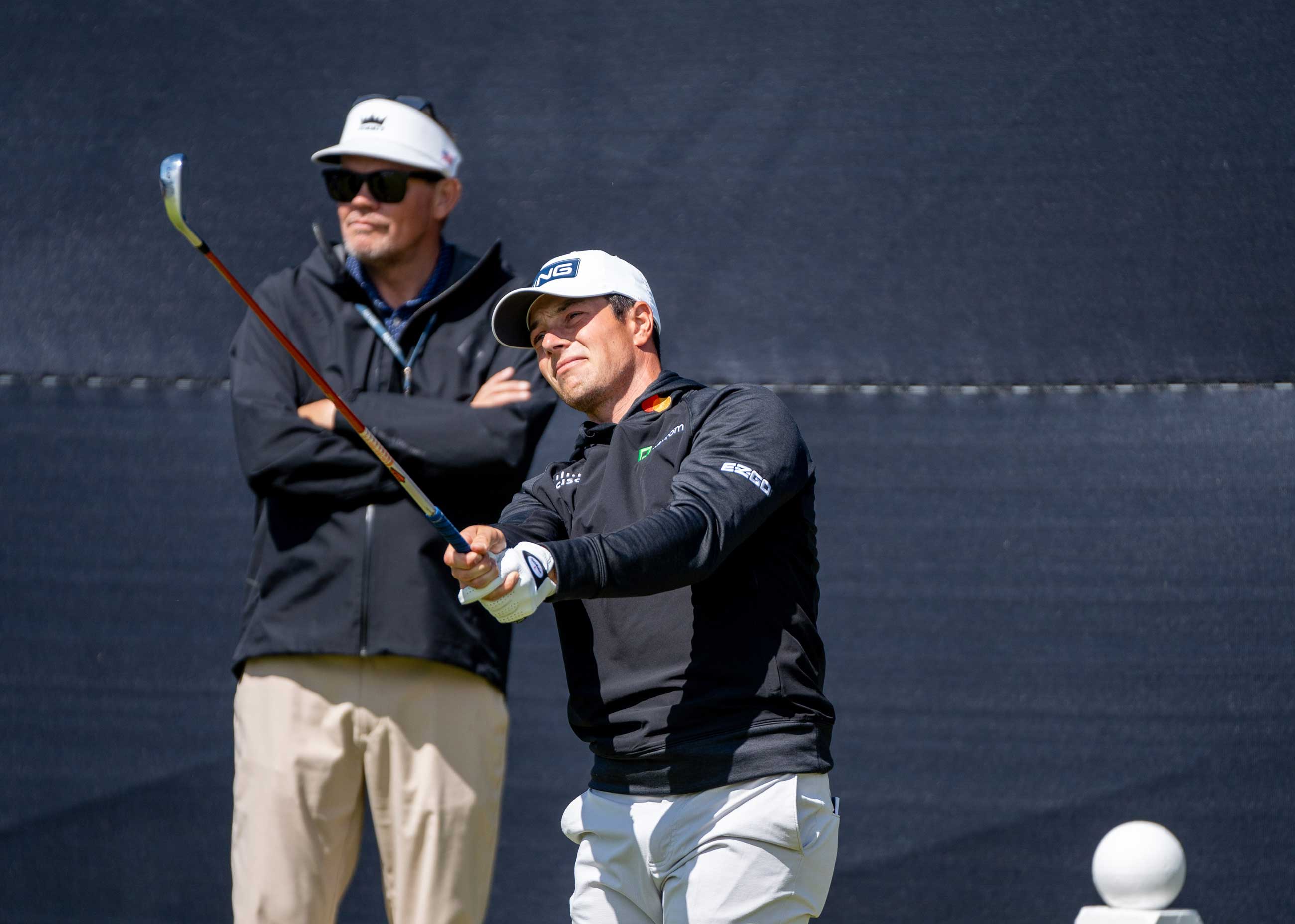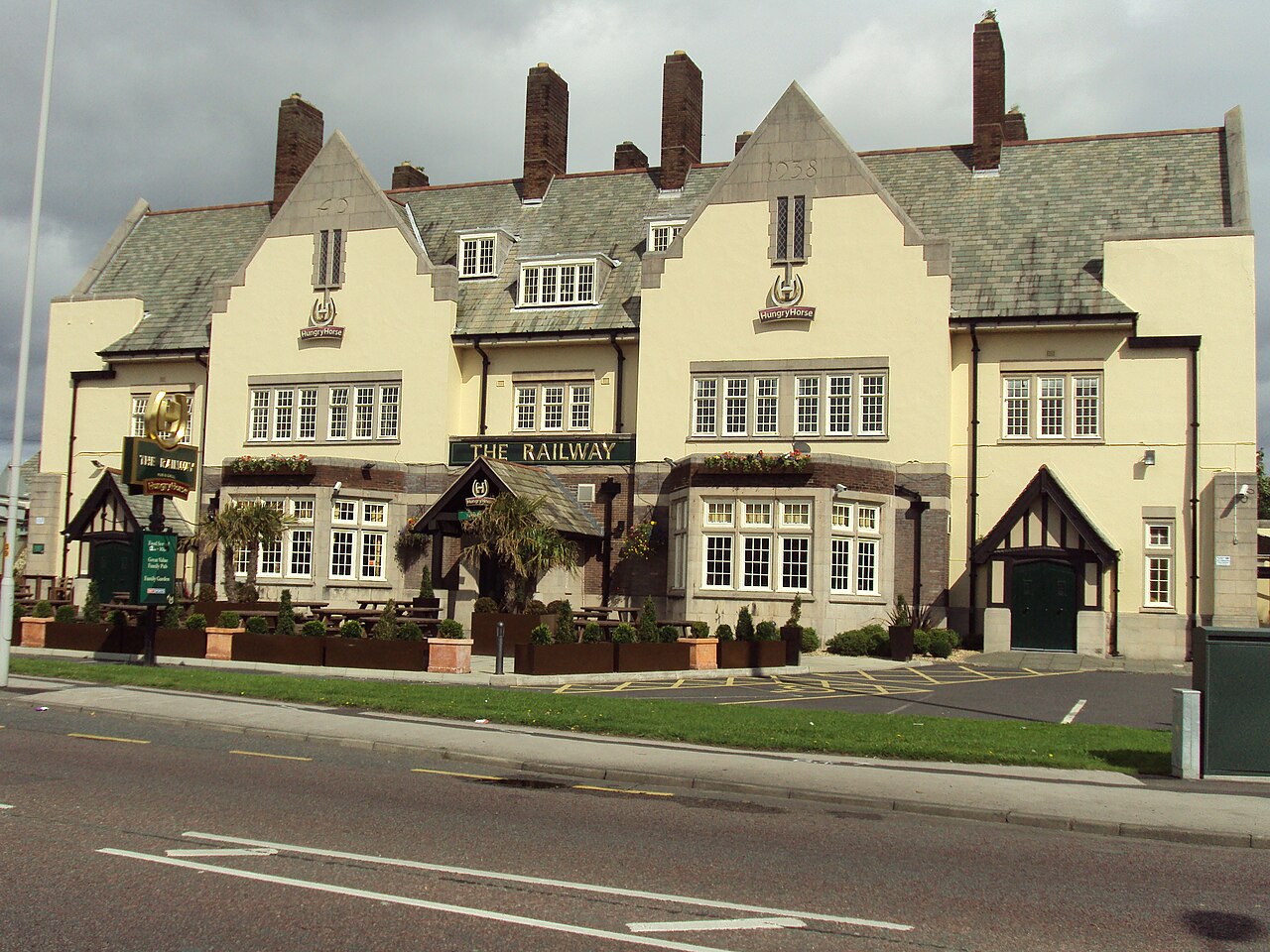Viktor Hovland has an opportunity to channel Wirral’s rich history when the 151st Open Championship gets underway tomorrow.
Which is Thursday.
Named after Thor, the Norse god of thunder.
Thor’s day.
The 25 year old, ranked 5 in the world, can cast his mind back more than eleven hundred years to the days when Vikings, originating from what became Denmark, Sweden and the land of Viktor’s birth, Norway, made the west of the Wirral peninsula their home and created a thriving settlement here.
Earlier they had settled in Dublin, Ireland, but disagreements triggered their expulsion and the need for a new home. A contingent led by warlord Ingimund tried but failed to set up shop in North Wales, so instead they travelled along the coast to Wirral.
They arrived somewhere between places they would later call Vestri-Kirkjubýr (West Kirby) and Melr (Meols) on the shores of north Wirral.
Their legacy is very evident. Meols, just a couple of minutes from Hoylake and the Royal Liverpool Golf Club, became a thriving port, and excavations may prove the existence of a Viking clinker boat believed to be buried beneath the car park of the Railway pub on Birkenhead Road.
To the south, the village called Thingwall owes its name to the Norse word for assembly or meeting place - called a ‘thing’ - and was probably the Viking equivalent of a parliament where plans were discussed and made and disputes settled.
Other echoes include the word 'carr' - from Old Norse 'kjarr' meaning brushland on a marsh (Carr Lane runs past Hoylake railway station on one side, and the former Hoylake municipal golf course on the other, where the best players in the world go to practice on The Open range); and then there’s 'holm' – referring to dry land in a marshy area; and 'rake' – otherwise known as a lane, responsible for street names like Wallrake.
Science has revealed that a large proportion of the DNA admixture of people from old Wirral families is Scandinavian in origin – so in a way, it appears the Vikings have never gone away.

The West Kirby hogback stone
There's archaeology, too, with hogback stones at West Kirby and Bidston; Viking crosses in Neston, Bromborough, Woodchurch and Greasby; evidence of houses occupied by Vikings at Irby and Lingham; an array of what appear to be Viking Age artefacts from Meols; an ever increasing and impressive array of finds in Bebington; and a rediscovered story or saga about Wirral's first Viking Leader, Ingimund.
The archaeology includes that clinker boat – a style originating in Scandinavia - which is one with a hull made from overlapping planks, and the Meols vessel was unearthed during building work in the late 1930s, and promptly covered up due to fears its discovery would slow down construction and cost money.

Ground penetrating radar has revealed what may well be a structure located where the original find was made - now a large, flagged patio area - and although it’s unknown how the boat made its way so far inland - and so deep under the ground - there is every likelihood it is still well preserved because of the nature of the clay in which it is buried.
The Railway at Meols - picture by Rept0n1x License
The Wirral Vikings were a fairly peaceful bunch. Having been banished from Ireland they would have brought Irish wives with them who would have raised their kids as Christians – hence the local churches and crosses which sometimes blend the symbols of the Christian faith with those of Norse mythology. They would also have gradually integrated with the Anglo Saxons who spoke a language not too dissimilar to their own.
Back to the tortuous excuse for this rough guide to Wirral’s Viking past.
Will Norway’s Viktor Hovland get off to a thunderous, lightning fast start on a coast familiar to some of his ancestors?
We’ll find out once he has teed off at 2.48 tomorrow afternoon.





